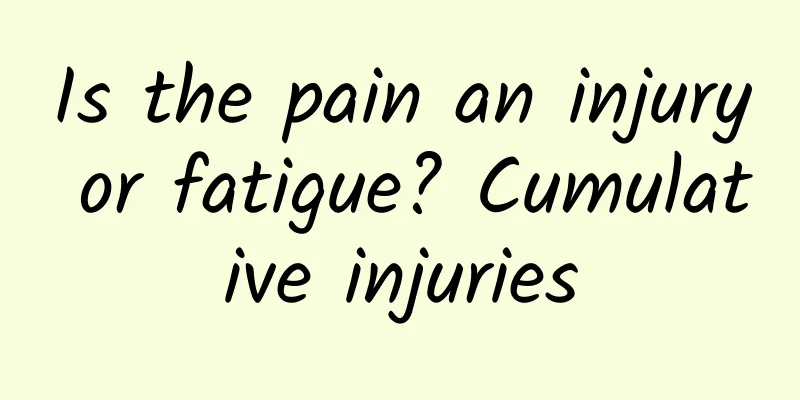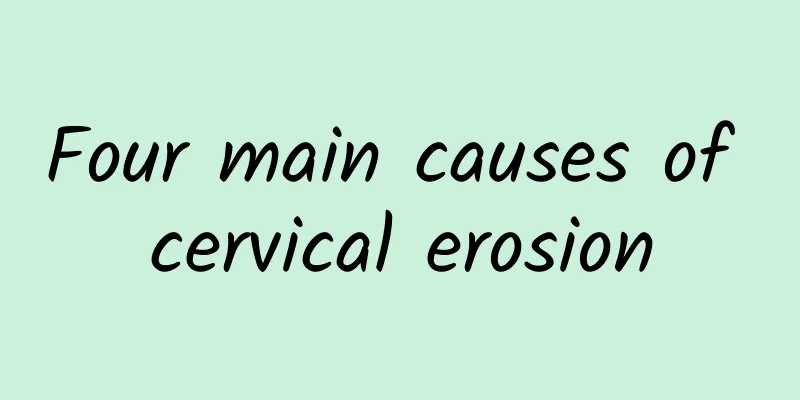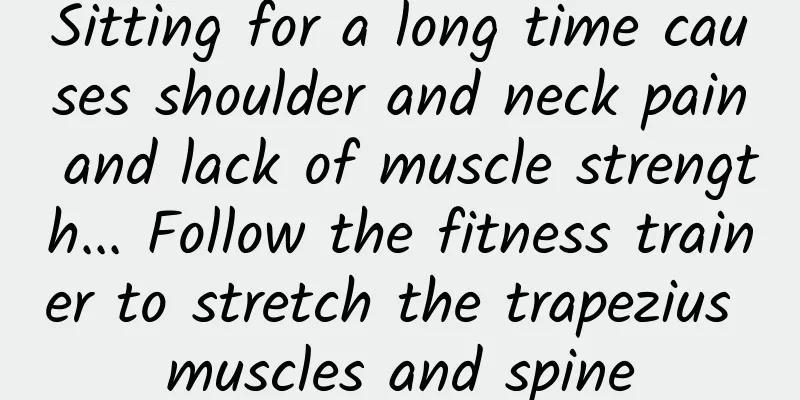Is the pain an injury or fatigue? Cumulative injuries

|
I don't know when it started, but the term "fatigue" is often heard in the baseball circles of Taiwan and Japan. Especially when a player's performance has obviously declined, we keep hearing or seeing such reports. Not only do the players themselves say this, but head coaches, pitching coaches and protection staff, even sports injury doctors and experts, all use this terminology. To be honest, based on my research, I find it really hard to understand or accept. I want to ask: "Are athletes really sure that they know about fatigue?" I have consulted baseball experts in Taiwan and Japan about this personal "question", but I have never been able to get a convincing answer. Just imagine, if even the protectors or doctors don’t know the existence of “cumulative injury”, then how would athletes know what “cumulative injury” is? ! They will only remain at the existing perception of "tiredness" or "not yet adjusted". The commonly used term "fatigue" is vague, but "accumulative injury" has a clear process that can be grasped. Based on my experience in helping players of all kinds, including professional baseball, golf, tennis, and basketball, to adjust their looks, as well as studying and examining hundreds of baseball players, I have come to the same conclusion: the onset of pain (breaking through the critical point and exploding), which is the state before the actual "injury", should be called "cumulative injury" rather than "fatigue." Only by recognizing and accepting the concept of "cumulative injury" as early as possible can we help athletes escape from the crisis of injury or retirement in time! This is because if it is determined to be "fatigue", it means that it can be recovered by just resting for a certain period of time, and the countermeasures generally taken are inseparable from massage, rest, etc., which are relatively passive responses. However, if you recognize and accept that it is "cumulative injury", it means that you are "already" injured, and you will actively find solutions to adjust or treat it. The final outcomes of the two are naturally worlds apart. However, judging from the current situation, even with surgical treatment by Western medicine, the real culprit of the injury - "accumulative injury" - is not actually eliminated at the same time, and continues to affect post-operative performance. This is the cruelest fact faced by injured athletes in the sports world! Whether it was the aforementioned Wada Tsuyoshi, or even Matsusaka Daisuke, Wang Chien-ming, Kuo Hong-chih, Santana... none of them were spared. [Come and remove the "accumulated damage" in your 4 areas! 】 From the many examples above, I believe that you have fully understood the concept and horror of "cumulative injury". Below I would like to share with you some of my own research experiences, which can help you self-check whether the relevant muscles have "cumulative injuries" in the early stages of soreness and before they "formally become injured", and relax them. Everyone, please follow the steps below to check and relieve your "accumulated injuries"! [Find out where the cumulative damage is? 4 key area detection & repair enhancement method】 ★Key Zone 1/Shoulder Joint CHECK1 Hold your hands behind your back, then turn them from bottom to top and then stretch them forward. If the movement is quite smooth and there is no jamming, it means that the shoulder joint is in a normal state with no accumulated injuries. If the NG abnormal state is stuck in the middle and cannot come out, or it is barely turned but stuck, it means that there is cumulative injury to the shoulder joint. CHECK2 Put your hands together and slowly lift them up. If the shoulder joint is normal, the elbows can be easily brought together when the hands are put together. NG abnormal state If there is cumulative injury to the shoulder joint, when you put your palms together and raise them up, your elbows cannot come together. 1. Repair and strengthen FIX UP: Raise your right hand with the palm facing up to the level of your shoulder. Use your left hand to hold your elbow and apply slight pressure for one minute. Then switch to your left hand and repeat three to five times. This movement can loosen and strengthen the shoulder joint, but be sure to keep your palm facing up. 2. Repair and strengthen FIX UP: Lift your hands back and make circular motions ten times. NG: If you can’t lift your hands high enough, it means you are too tense. In an abnormal state, both hands can be raised backwards but at different heights, indicating that the degree of tension in the two hands is different. ★Key Zone 2/Neck joint Lie face down with your palms and soles of your feet flat on the ground, then turn your head to the left and right. CHECK1 If you can turn your face completely to the side, and your arms and back are completely flat on the ground without arching, then your neck joint (angle) is in an ideal state. CHECK2 If you can completely turn your face to the side, and even put your arms on your waist to add weight, and your arms and back can be completely flat on the ground without arching, it means you are in better condition. NG abnormal state: If your face cannot be turned completely to the side when you lie prone, or if you force yourself to turn your face to the side and your body cannot lie completely flat on the ground, it means that you have accumulated injuries. 1. Repair and strengthen FIX UP: Clasp your hands behind your neck and breathe in with your abdomen; then, exhale with your abdomen and swing your hands forward. Repeat this five to ten times. This action is very helpful for people who often use computers or mobile phones and are advised to do it often when you have time. Note: When lying flat, try to put your face on the ground first, and then gradually lower your body to the ground. At this time, the angle of the neck joint will slowly recover. But please note! Do not force this movement to avoid serious injury. ★Key Zone 3/Elbow Joint CHECK1 Tap the muscles near the elbow joint (the raised part) and determine the degree of cumulative injury based on the degree of soreness or pain. CHECK2 Straighten your upper body and let your hands hang naturally. NG abnormal state If the elbow is always bent, it means there is a certain degree of cumulative injury. 1. Repair and strengthen FIX UP: Massage the muscles near the elbow joint to achieve a relaxing effect. 2. Repair and strengthen FIX UP: Make a fist and hook it inward, then instantly lift it straight up, switching between left and right hands five to ten times. Remember to keep your fist hooked inward at all times. ★Key Zone 4/Wrist Joint CHECK Use both hands to turn your wrists downward and upward alternately, and press in two different directions and angles. Ideally, it should be maintained at 90 degrees (or above). If the angle cannot reach 90 degrees in the NG abnormal state , it means there is a certain degree of cumulative damage. 90° 1. Repair and strengthen FIX UP: Hold your right palm with your left hand, expand your wrist angle as much as possible from the front and back sides, and then switch left and right five to ten times. 2. Repair and strengthen FIX UP: Grab your right hand with your left hand and shake it back and forth (please note that the hand being grabbed should be completely relaxed and allowed to shake and swing), then switch left and right five to ten times. This article is from Yuanshen Publishing's "Super Magical! Boneless Walking Exercises to Extend Your Body's Golden Period" |
<<: Eat apples to lose weight? Granny Smith Apple is the best fat burner
>>: Worried about your bra cup size shrinking after losing weight? 5 ways to successfully recover
Recommend
Active Couch Potato Movement Changes Lives
For modern people who often say "I'm too...
B-ultrasound diagnosis of congenital absence of vagina
Congenital absence of vagina is caused by the fai...
Related complications and treatment after abortion
Artificial abortion, also known as artificial abo...
2-week Danish diet: 600 calories a day for extreme weight loss
For people who have irregular meals and prefer hi...
What medicine is best for pelvic inflammatory disease?
The choice of treatment drugs for pelvic inflamma...
Can e-cigarettes help you lose weight? Quitting smoking is the best way to lose weight
The Internet is going viral: "Smoking e-ciga...
How much do you know about the precautions of vulvar leukoplakia
Do you know that there are precautions for vulvar...
Early symptoms of cervicitis
Many women are not particularly familiar with the...
Possible association between physical activity and cardiovascular health in middle age
"Mayo Clinic Proceedings" recently publ...
What are non-neoplastic ovarian cysts and what are the traditional treatments?
Some ovarian cysts partially or mostly bury thems...
Uterine fibroids may be caused by estrogen
Uterine fibroids may be caused by estrogen, and m...
What are the symptoms of uterine fibroids? What are the dangers of uterine fibroids?
Uterine fibroids are a very common disease in our...
What's up with the yellow belt?
The appearance of yellow discharge can be confusi...
Why is the white blood cell count not high in pelvic inflammatory disease?
Why is the white blood cell count not high in pel...
What medicine is better for uterine fibroids? Treatment methods for uterine fibroids
Since uterine fibroids are related to estrogen, m...









